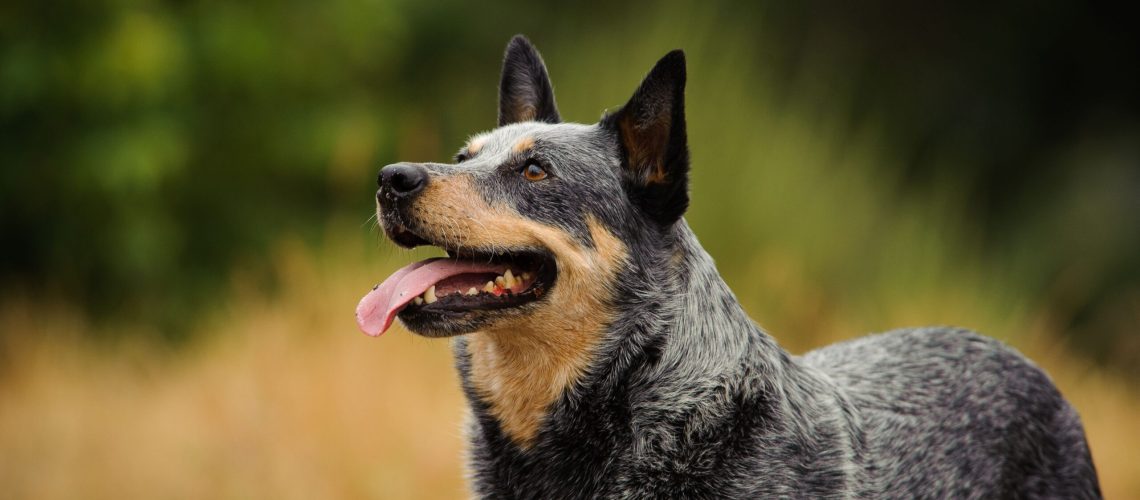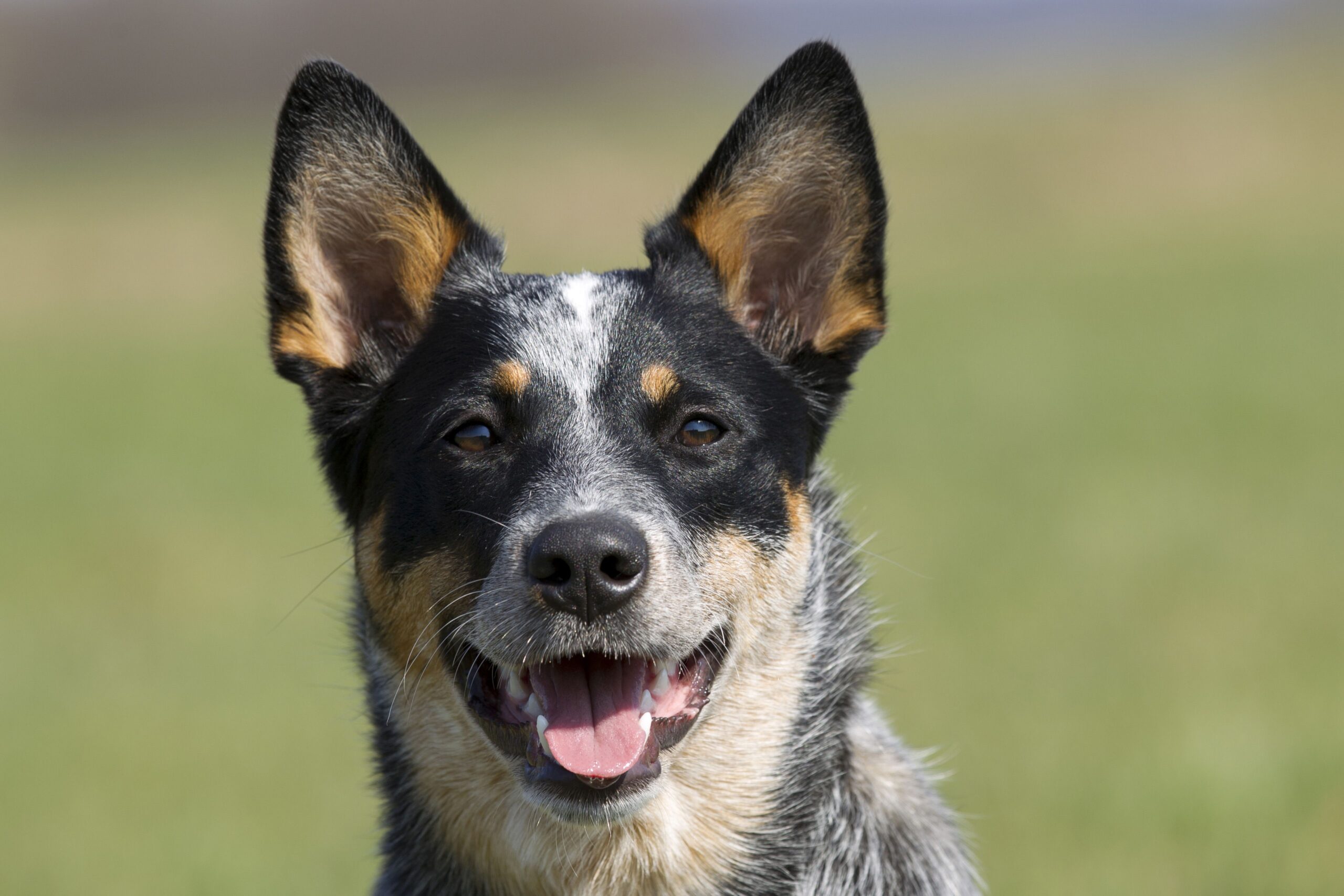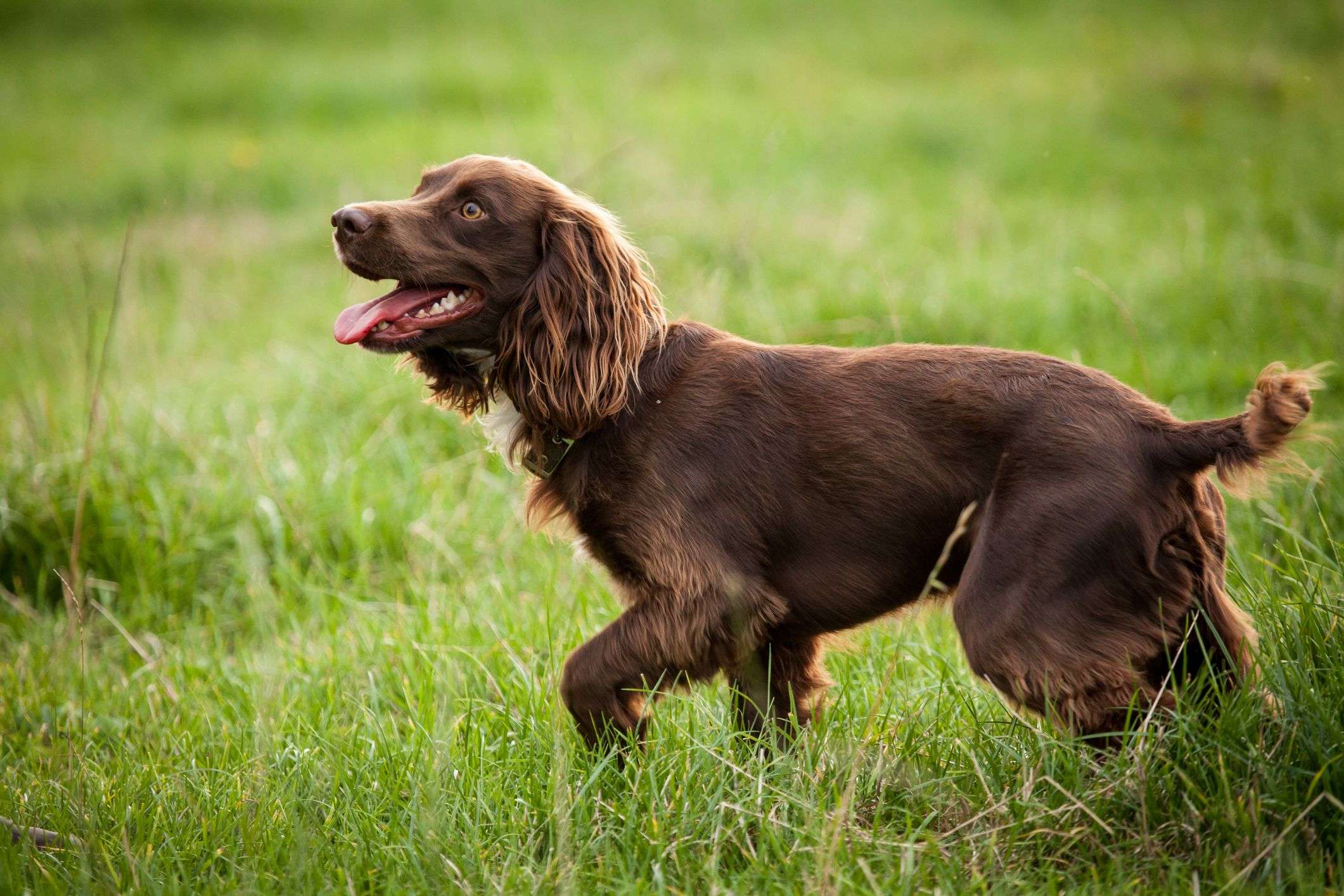Key Takeaways:
- Medium-size dog breeds are a great choice for individuals or families with an active lifestyle.
- These breeds are generally easier to handle and require less space compared to larger breeds.
- Medium-size dogs can adapt well to both apartment living and homes with yards.
- They often have a good balance between energy levels and exercise needs, making them suitable for various activity levels.
- Popular medium-size breeds include the Labrador Retriever, Border Collie, Australian Shepherd, Cocker Spaniel, and Bulldog.
Are you searching for the perfect furry companion to join your family? Look no further! Exploring the world of medium-size dog breeds is an essential step in finding your ideal match. Not only will understanding these breeds help you find a loyal and loving friend, but it will also ensure that their needs align with your lifestyle. With 30 different breeds to choose from, there is bound to be one that perfectly suits you. So, let's dive into this fascinating subject and discover which medium-size dog breed will become your new best friend.
Medium-Sized Dog Breeds That Fit Your Lifestyle
Popular Medium-Sized Dog Breeds
When it comes to medium-sized dog breeds, there are many options that can fit well with your lifestyle. Some popular choices include the Beagle, Cocker Spaniel, and Border Collie. These breeds are known for their friendly and sociable nature, making them great companions for families or individuals who enjoy an active lifestyle.
The Beagle is a small to medium-sized breed known for its merry personality and keen sense of smell. They are often described as friendly, curious, and good-natured. Beagles make excellent family pets due to their gentle nature and ability to get along well with children and other animals.
Cocker Spaniels are another popular medium-sized breed that is known for their affectionate and playful nature. They are intelligent dogs that require mental stimulation and physical exercise to keep them happy. Cocker Spaniels are great companions for families or individuals who enjoy outdoor activities such as hiking or playing fetch.
Beagle
- Friendly
- Curious
- Good-natured
- Gentle with children
- Sociable with other animals
Cocker Spaniel
- Affectionate
- Playful
- Intelligent
- Requires mental stimulation and physical exercise
- Great for outdoor activities
Determining If a Medium-Sized Dog Breed is Right for Your Home
Before bringing a medium-sized dog into your home, it's important to consider if this type of breed is the right fit for your lifestyle and living situation. Medium-sized dogs require space to move around and exercise, so if you live in a small apartment or don't have access to a yard, a smaller breed might be more suitable.
Additionally, you should consider the amount of time and energy you can dedicate to a dog. Medium-sized breeds often require daily exercise and mental stimulation to keep them happy and healthy. If you have a busy schedule or are not able to commit to regular walks and playtime, it may be better to choose a lower-energy breed.
It's also important to think about any allergies or sensitivities that you or your family members may have. Some medium-sized breeds shed more than others, which can lead to allergies or excessive cleaning requirements. Researching different breeds and their grooming needs can help you find one that fits well with your household.
Why Medium-Sized Dogs are Popular for Families
The Perfect Size for Families
Medium-sized dogs are often considered the perfect size for families due to their versatility. They are not too big that they take up too much space or intimidate young children, but they are also not too small that they could easily get injured during rough play.
Medium-sized dogs tend to be friendly and sociable, making them great companions for children. They often have an affectionate nature and enjoy being part of the family activities. Whether it's playing in the backyard or going on family outings, medium-sized dogs are usually up for the adventure.
In addition, many medium-sized breeds are known for their patience and tolerance towards children. They can handle the excitement and energy of young ones without becoming overwhelmed or aggressive.
Friendly and Sociable Medium-Sized Dog Breeds
Beagle, Cocker Spaniel, and Border Collie
When it comes to friendly and sociable medium-sized dog breeds, the Beagle, Cocker Spaniel, and Border Collie are often at the top of the list. These breeds are known for their outgoing personalities and their ability to get along well with both humans and other animals.
The Beagle is a friendly breed that loves to be around people. They are often described as merry and good-natured, making them great companions for families or individuals who enjoy socializing with others. Beagles also tend to get along well with other dogs and pets, making them a popular choice for multi-pet households.
Cocker Spaniels are known for their affectionate nature and love of human companionship. They thrive on attention and enjoy being part of family activities. Cocker Spaniels are usually good with children and can adapt well to different social situations.
Border Collies are highly sociable dogs that form strong bonds with their families. They are intelligent and eager to please, which makes them easy to train and great at learning new tricks. Border Collies are often used as therapy dogs due to their gentle nature and ability to connect with people.
Training and Exercise Needs for Medium-Sized Dogs
Daily Exercise Requirements
Medium-sized dogs have moderate exercise needs that should be met on a daily basis. Regular exercise helps keep them physically fit, mentally stimulated, and prevents behavioral problems that may arise from pent-up energy.
Aim for at least 30 minutes to an hour of exercise each day, which can include walks, playtime in the backyard or park, or engaging in interactive games such as fetch or agility training. It's important to provide both physical and mental stimulation to keep medium-sized dogs happy and healthy.
Training and Socialization
Training is essential for medium-sized dogs to ensure they are well-behaved and obedient. Basic obedience commands such as sit, stay, and come should be taught from an early age. Positive reinforcement techniques, such as using treats or praise, work well with medium-sized breeds.
Socialization is also important for medium-sized dogs to help them become comfortable around other people, animals, and different environments. Exposing them to a variety of experiences in a positive way can prevent fear or aggression issues later on in life.
Helping a Medium-Sized Dog Adapt to Your Home and Family
Creating a Safe Space
When bringing a medium-sized dog into your home, it's important to create a safe space where they can feel comfortable and secure. This can be achieved by providing a designated area with their bed, toys, and water bowl. Having a consistent routine and familiar surroundings will help them adjust more easily.
Bonding Time
Spending quality time with your new medium-sized dog is crucial for building trust and strengthening the bond between you. This can include regular play sessions, grooming sessions, or simply cuddling on the couch. The more time you invest in bonding with your dog, the quicker they will adapt to their new home and family.
Potential Health Concerns in Certain Medium-Sized Dog Breeds and How to Manage Them
Hip Dysplasia in Medium-Sized Dogs
Hip dysplasia is a common health concern that affects some medium-sized dog breeds such as German Shepherds or Labrador Retrievers. It is a condition where the hip joint does not develop properly, leading to discomfort and mobility issues.
To manage hip dysplasia, it's important to provide a balanced diet that supports healthy joint development. Regular exercise should be encouraged to keep the muscles around the hips strong. Additionally, providing orthopedic beds or using ramps instead of stairs can help alleviate stress on the joints.
Ear Infections in Cocker Spaniels
Cocker Spaniels are prone to ear infections due to their long, floppy ears that can trap moisture and debris. Regular ear cleaning is essential for preventing infections. Use a veterinarian-recommended ear cleaning solution and gently wipe the inner ear with a cotton ball or pad.
Avoid using cotton swabs as they can push debris further into the ear canal and potentially cause injury. If you notice any signs of an ear infection such as redness, swelling, or an unpleasant odor, consult your veterinarian for proper diagnosis and treatment.
In conclusion, there are many medium-sized dog breeds that can fit well into various lifestyles. Whether you're an active person or prefer a more relaxed lifestyle, there is a dog breed out there that can be a perfect companion for you.
What dogs can live to 30?
The Australian cattle dog, also known as the blue heeler, has a longer lifespan than other dogs of similar size. The oldest recorded Australian cattle dog, named Bluey, lived for 29 years until 1939, making it the longest-lived dog ever. Typically, this breed can live into their mid-teens.
What is a nice medium-sized dog?
Labrador Retrievers are the most popular breed in the U.S. due to their intelligence, friendliness, and loyalty. They are highly trainable and commonly used as service, guide, and rescue dogs. If you are looking for a working breed, Labradors are an excellent choice.
What is the best medium-sized dog for seniors?
Golden Retrievers are highly loyal and make great companions. If you are an older individual looking for a medium-sized dog, this breed is our recommendation.
Is 30 pounds a medium-sized dog?
Small dogs are typically those weighing 30 pounds or less (14 kg), while large dogs are usually those over 55 pounds (25 kg). This indicates that medium-sized dogs can fall within a broad range of body weights.
Which dog has highest life span?
There is no exact scientific method for determining the average lifespan of a dog, but most dogs typically live for around ten years. However, there have been exceptional cases, such as Bluey, an Australian cattle dog, who holds the record for the longest-lived dog, living nearly 30 years.
What dog lives the longest lifespan?
In 1939, Bluey, an Australian cattle dog, became the oldest dog ever recorded, living to the impressive age of 29 years and 5 months. This record still stands, although many other Australian Cattle Dogs have attempted to surpass it by living long and healthy lives of their own.
















